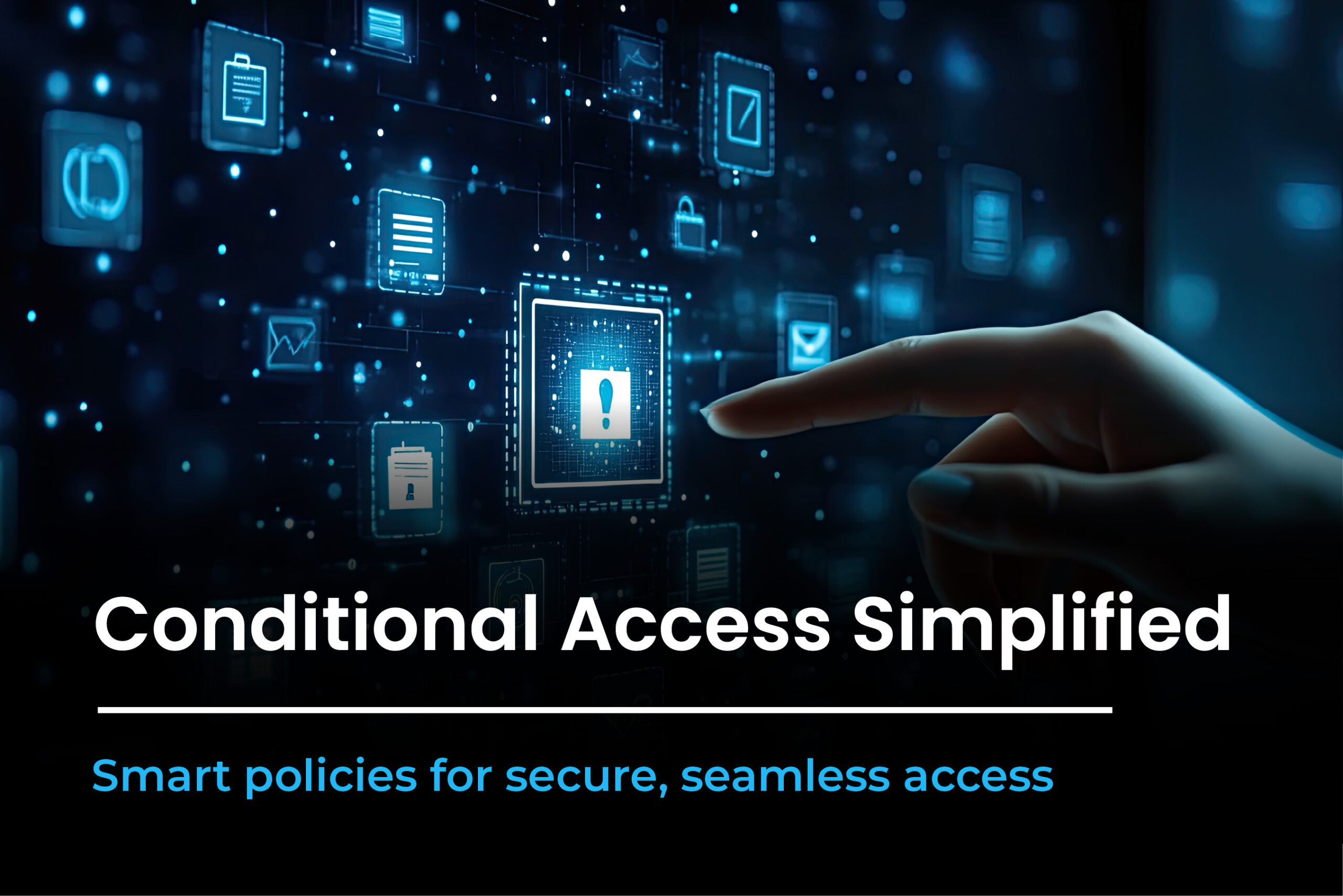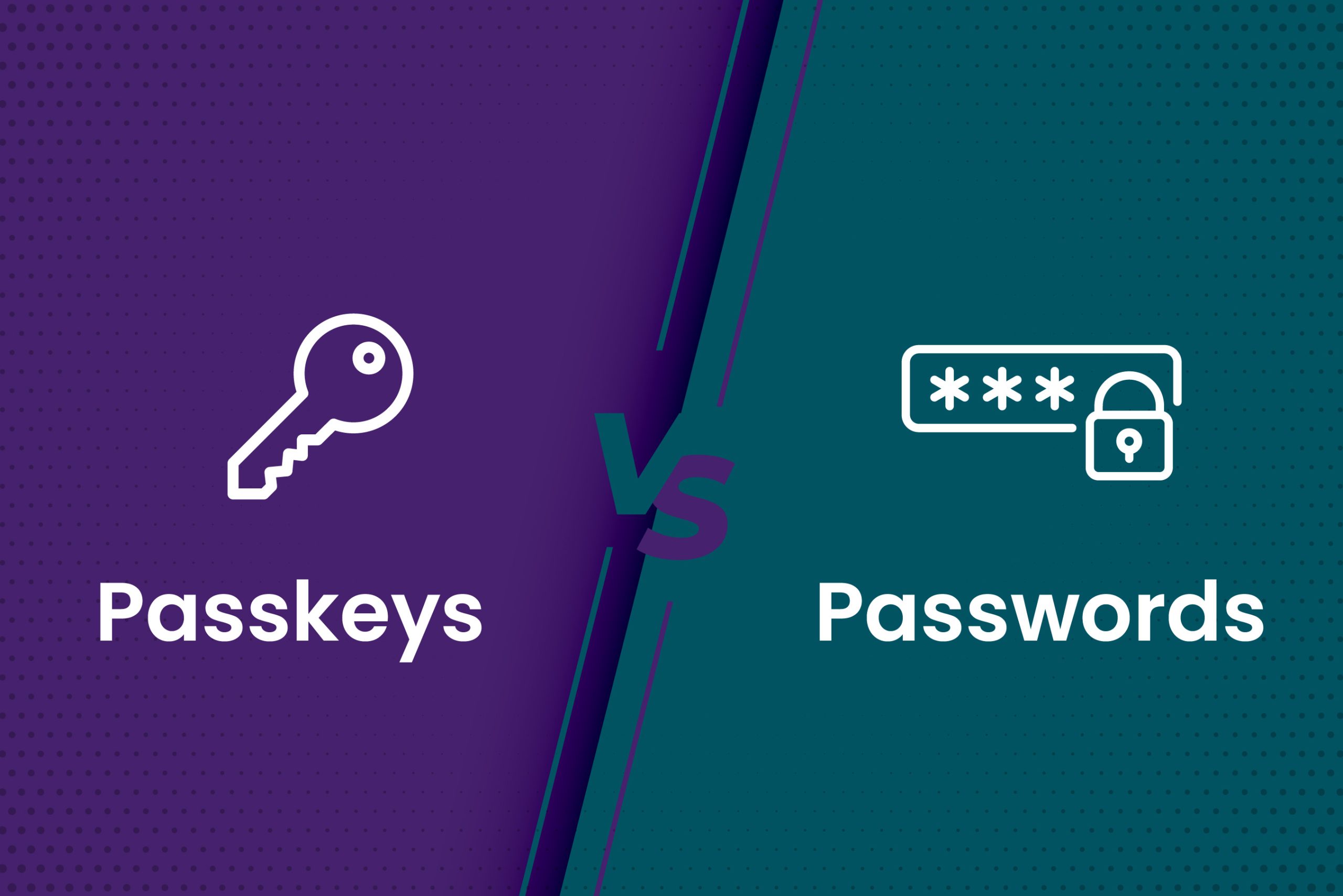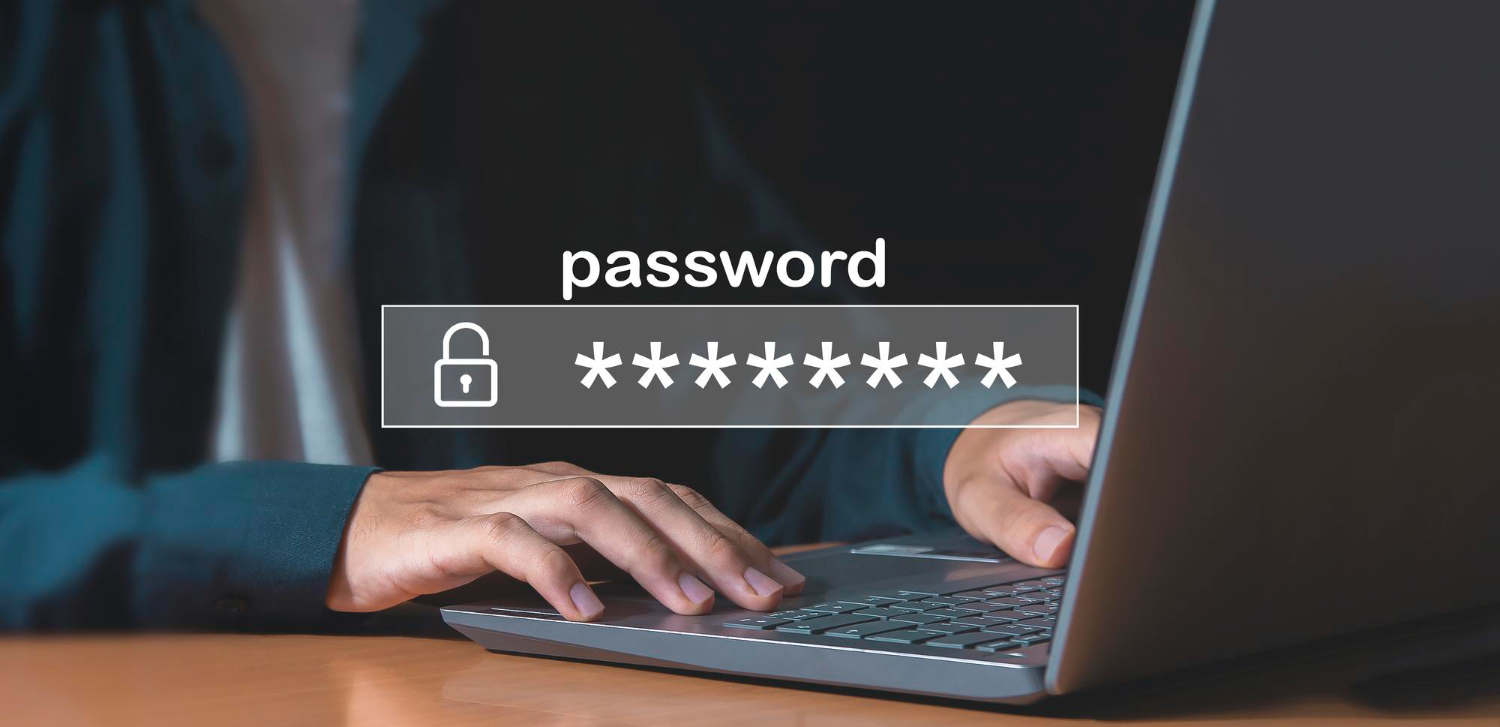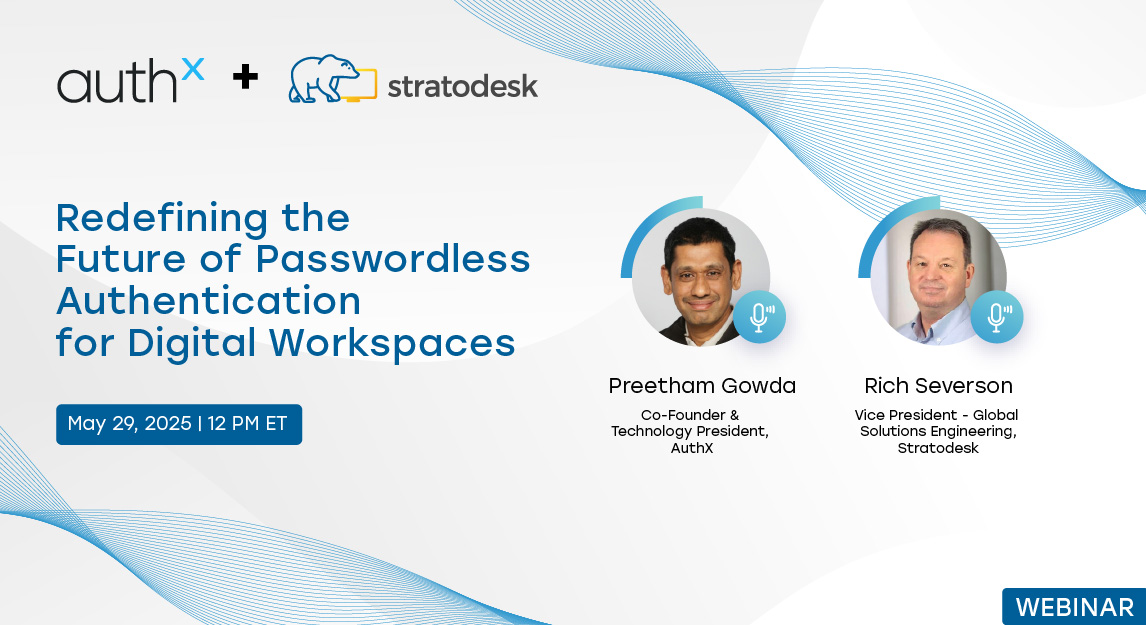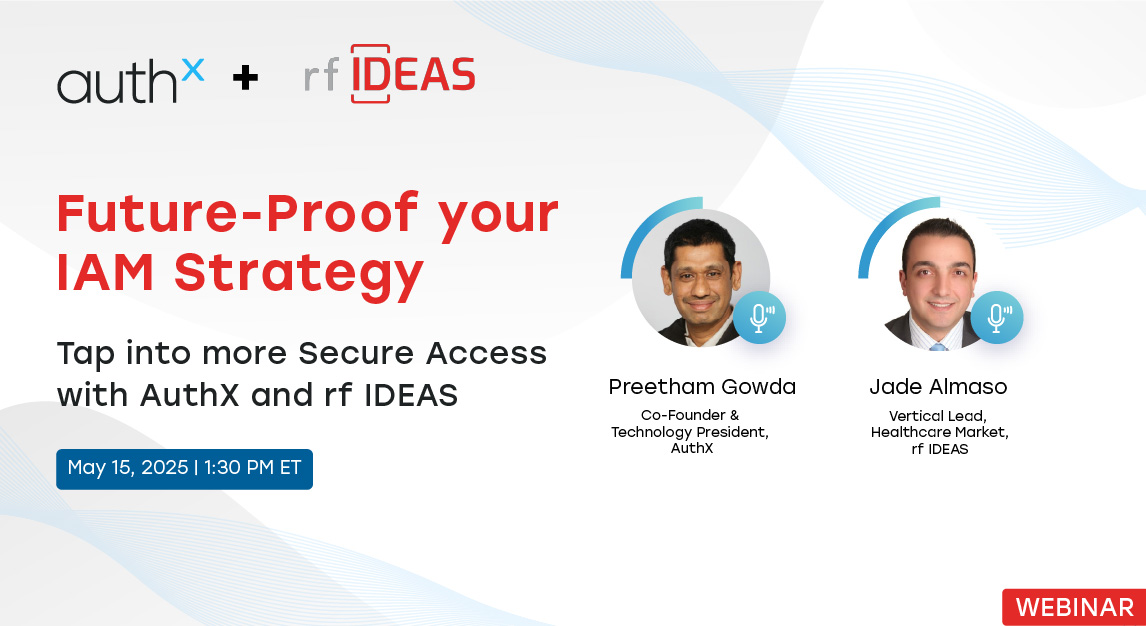Nowadays, IT leaders across industries are focused on the same challenge: how to keep users productive while ensuring attackers don’t find a way in. Passwords are no longer enough; MFA is now essential, and most importantly, security rules cannot remain identical for every user in every situation.
That’s where conditional access enters the conversation. If you’ve ever asked yourself what conditional access is and why every major enterprise security provider is talking about it, this article breaks it down. Think of it as the bridge between productivity and protection. This guide will walk through what is conditional access, why it matters, and how enterprises are adopting it as a foundation of identity-first security.
What is Conditional Access?
Conditional access answers one question: Should this user, from this device, at this time, get access to this resource?
It’s a decision engine built into modern identity platforms. Instead of granting access just because someone typed in a password, it checks multiple signals; user role, device health, location, app sensitivity, and applies rules before granting or blocking entry.
We often explain it like airport security. Some travellers breeze through with TSA PreCheck, while others are pulled aside for additional screening depending on risk. The same logic applies here.
Why Conditional Access Matters ?
Let’s be honest: blanket security rules don’t work anymore. If you require MFA for every single login, employees get frustrated. If you relax controls, attackers find the gaps. Conditional access policy strikes a balance by applying the right security at the right moment.
The value comes down to three things:
- Reducing risk intelligently – Policies can enforce step-up authentication based on contextual signals such as device health, geolocation anomalies, or unusual login patterns, minimizing unnecessary challenges while addressing high-risk scenarios.
- Keeping users productive – By allowing seamless access on compliant, recognized devices, conditional access ensures that trusted users maintain uninterrupted access while controls focus only on unverified or suspicious activity.
- Adapting in real time – Conditional access continuously evaluates risk signals and integrates with threat intelligence feeds, enabling automated adjustments to authentication requirements as new threats emerge.
Key Components of Conditional Access
The mechanics may sound technical, but once you break it down, the pieces are quite simple:
- Identity signals: Who is logging in? Are they a regular employee, an admin, or a contractor?
- Device checks: Is the laptop compliant with company security standards?
- Location and network: Is the request from a trusted office or a suspicious country?
- Application sensitivity: Accessing a public intranet page differs greatly from opening payroll data.
Combine these, and you can create smart conditional access system rules that adjust in real time. When broken down into these elements, the question what is conditional access becomes easier to understand as a dynamic framework rather than a rigid rule set.
Conditional Access Policies in Action
This is where strategy meets execution. A conditional access policy is a set of if-then rules. Here are two practical examples we’ve seen work well:
- If an admin tries to log into the finance application from an unmanaged device, then conditional access MFA with a hardware token is required.
- If a sales representative logs in from the corporate network on a compliant device, allow access without extra prompts.
These policies keep high-risk scenarios tightly controlled without frustrating everyday logins.
Benefits of a Conditional Access System
To fully grasp what is conditional access, it helps to look beyond security and consider the wider business benefits. A robust conditional access system software impacts security, compliance, and user experience alike:
- Phishing protection: Attackers who steal credentials can’t bypass location, device, and policy checks. By binding access to verified context signals, organizations reduce reliance on static factors alone and close one of the most common gaps in credential-based attacks.
- Regulatory alignment: Frameworks like HIPAA and GDPR expect context-based access controls. Demonstrating these controls supports compliance audits and positions the organization as proactive in safeguarding sensitive data.
- Better user experience: People don’t feel constantly “gated” when low-risk conditions apply. This adaptive model builds trust with employees by making security invisible when confidence is high and visible only when risk requires it.
- Operational efficiency: Security teams spend less time managing exceptions and resets. Automated enforcement frees teams to focus on higher-value security initiatives rather than repetitive access troubleshooting.
Best Practices for Implementing Conditional Access
Enterprises that succeed with conditional access typically follow a structured approach. They begin with risk-based policies, focusing first on sensitive applications and administrative accounts where exposure is highest. Early deployments often run in report-only mode, allowing security teams to observe patterns and fine-tune rules before enforcement. Effective rollouts also integrate with endpoint management, since verifying device posture is critical for blocking compromised or non-compliant machines. Conditional access works best when combined with multi-factor authentication, ensuring that context-based checks are supported by strong user verification. Finally, leading organizations review their policies on a quarterly basis, recognizing that both threats and business requirements evolve over time.
Challenges and Limitations
Of course, no system is perfect. Companies often stumble in three areas. The first is complexity; when too many policies pile up, they don’t just confuse users, they also overwhelm administrators who need to troubleshoot failed logins and exceptions. Another recurring issue is shadow IT; if conditional access policies are too rigid or disruptive, employees inevitably find workarounds, and those side doors usually introduce more risk than the policy prevented.
Finally, legacy applications remain a roadblock, since older systems often lack the hooks for conditional access integrations. Without creative solutions like app proxies or phased retirement plans, those gaps can leave critical processes exposed.
Future of Conditional Access
As we look to the future of conditional access, the model is evolving from static rules to AI-driven intelligence. Soon, access decisions will rely more on AI-based risk scoring. Imagine policies that go beyond “block logins from X country” to detect anomalies like unusual typing speed or mouse movement.
We’re also seeing integration with zero-trust frameworks. Instead of thinking “inside vs. outside the network,” every request is evaluated as untrusted until proven otherwise.
When leaders ask us what conditional access is, we always emphasize that it’s not just about technology. It’s about trust. You want employees to feel secure without feeling policed.
Conditional access gives organizations the balance. Conditional access, when done right, doesn’t just keep attackers out, it keeps the business moving forward with security, trust, and confidence.
FAQs
What is conditional access in simple terms?
Conditional access is a security approach that checks multiple signals; like user identity, device, and location before allowing access. Think of it as “smart checkpoints” for your digital environment.
What is a conditional access system, and how does it work?
A conditional access system evaluates login attempts against rules. Access is granted if the conditions meet your policies; otherwise, it may be blocked or require extra steps like MFA.
How does a conditional access policy protect businesses?
A conditional access policy ensures that only the right people can access critical apps with the right device and context. It blocks risky behavior while minimizing unnecessary friction.
What is the conditional access system software?
It’s the technology platform that makes all this possible. A conditional access system software integrates identity, device, and network checks into a central decision engine.
Is conditional access the same as MFA?
Not exactly. MFA is one tool. Conditional access MFA triggers MFA only when risk is detected, making it more user-friendly.

